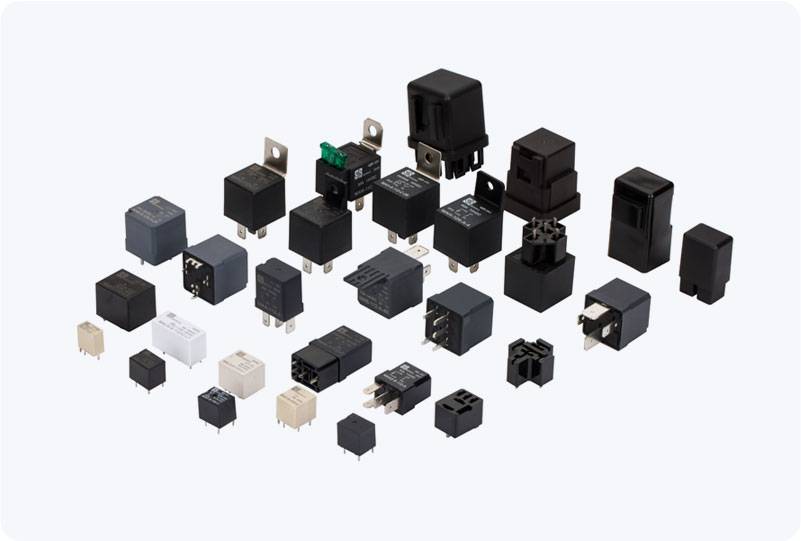understanding the so 280 relay socket: a key component in industrial automation
Release time:2025-05-06 07:38:33
The SO 280 relay socket is a widely used component in industrial and commercial electrical applications. Its primary purpose is to securely mount and connect relays to electrical systems, ensuring the reliable and efficient functioning of various machinery and control systems. In this article, we will explore the essential features, applications, and benefits of the SO 280 relay socket, providing a comprehensive overview of why it is an integral part of modern automation systems.

What is the SO 280 Relay Socket?
The SO 280 relay socket is a type of electrical connector used to mount and interconnect relays within an electrical system. It is designed to be a practical and efficient solution for relays that need to be easily replaced or serviced. The "SO" designation refers to the socket type, while "280" typically indicates the relay's physical size, making it compatible with a wide range of relay models. This socket is specifically crafted to accommodate industrial and commercial relays that require secure and stable connections.
Relay sockets, like the SO 280, provide a direct interface between the relay and the electrical circuit it controls. This simplifies the installation process and allows for quick relay replacement in case of failure, reducing downtime and maintenance costs. The SO 280 relay socket is designed to handle high currents and voltages, making it suitable for a variety of applications in industries such as manufacturing, automation, and telecommunications.


